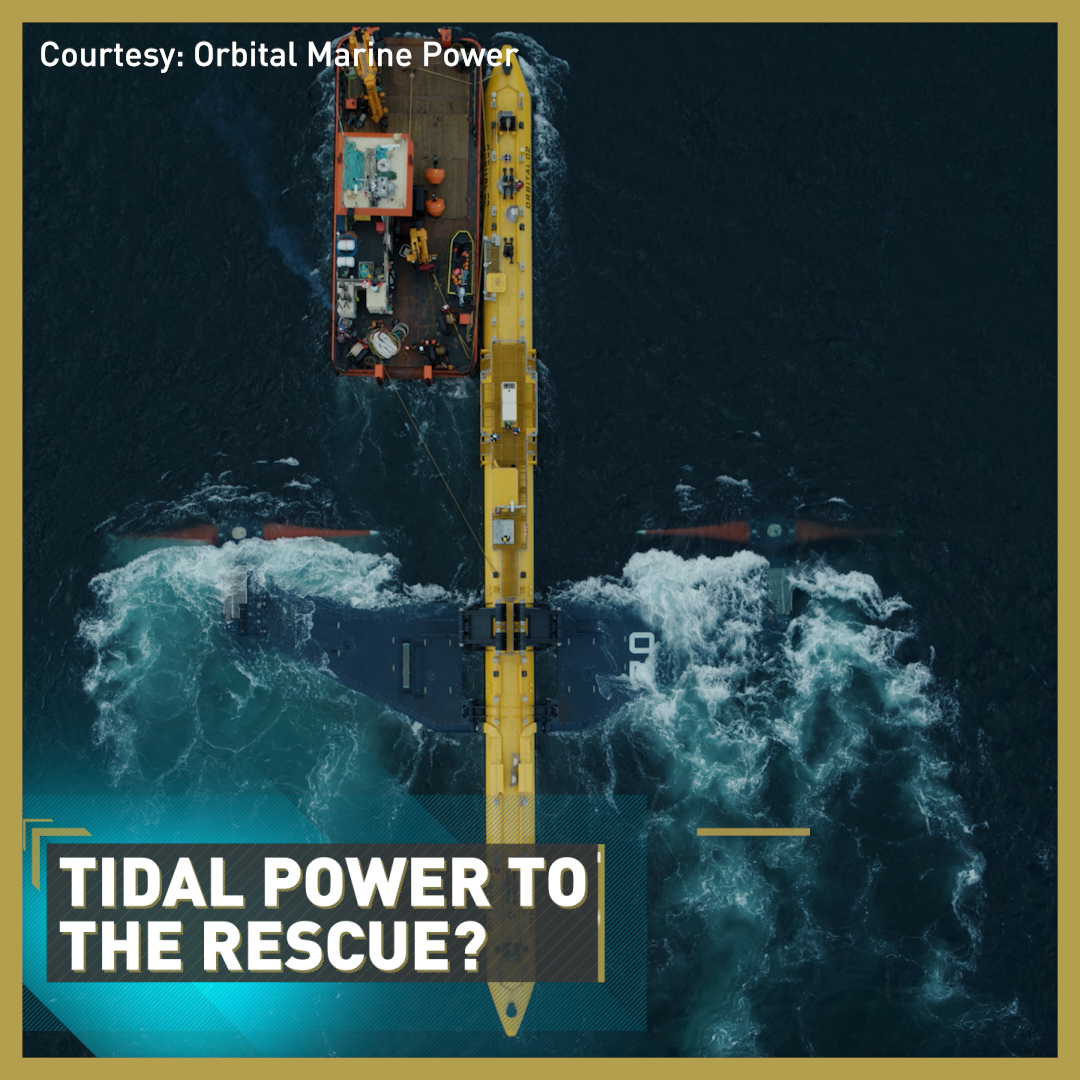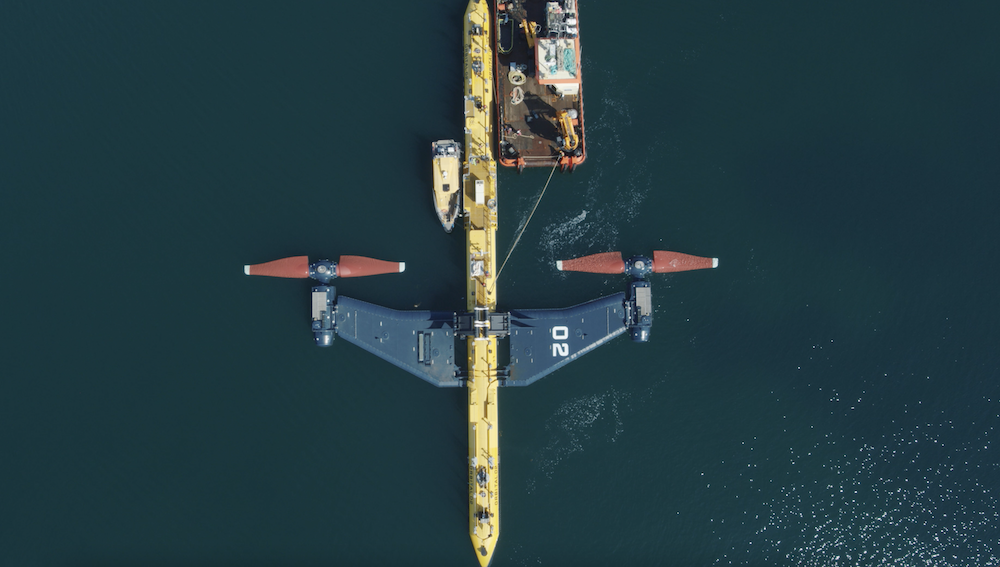01:00

There is something new in the waters off Scotland, and far from the legends of the Loch Ness Monster, this is a true story of harnessing the power of the waves.
The O2 turbine is said to be the most powerful tidal electricity turbine connected to the grid anywhere in the world. The submarine-like craft has two underwater turbines, which look like upside-down wind turbines, or as Orbital Marine Power's CFO Chris Milne told CGTN Europe, "like a ship, but in reverse."
"Instead of the ship and the propellers propelling the ship through the ocean, our turbine is held stationary [and] flows in reverse," Milne explained.
Now the craft is on location off Orkney, it is connected to the grid, and the company said it is set to produce enough electricity to power 2,000 homes a year.
The O2 was funded by various European Union and Scottish government grants, as well as private finance.
"Orbital has secured around $97 million of finance to date," Milne told CGTN Europe.
"We probably spent and invested $80 million of that. So, we've still got the money in the tank, so to speak," he added.
Despite the support for the research, development, and production of this tidal power generator, there are significant concerns with how far the technology can be efficient as a replacement for fossil-fuel reliant power.
"There are definitely pluses to tidal energy, but also significant downsides that people don't tend to examine," Thomas Adcock, associate professor of engineering at St Peters College, Oxford University, told CGTN Europe.
"I just don't see it making a big difference to the world and I think we should focus our attention and money on things that do," he said.

The turbine is anchored near Orkney, UK / Orbital Marine Power
The turbine is anchored near Orkney, UK / Orbital Marine Power
Milne agreed the tidal sector might only be a part of the change to green power, but he insisted it was a worthwhile - and indeed profitable - avenue to explore.
"We need to be 100 percent honest about what we can offer. We are not the solution to the global climate crisis. We are one of many solutions that need to be deployed."
"When I first came into this space, there was talk about 'tidal can replace baseload [power supply],' unfortunately, no, it can't. It's not big enough. The resource isn't big enough… quite right," Milne explained.
"But the global resource estimates are that the extractable commercial viable, global resource for tidal could be one hundred gigawatts," Milne said. That's enough to make a real contribution to the fight against the climate crisis, Milne added.

